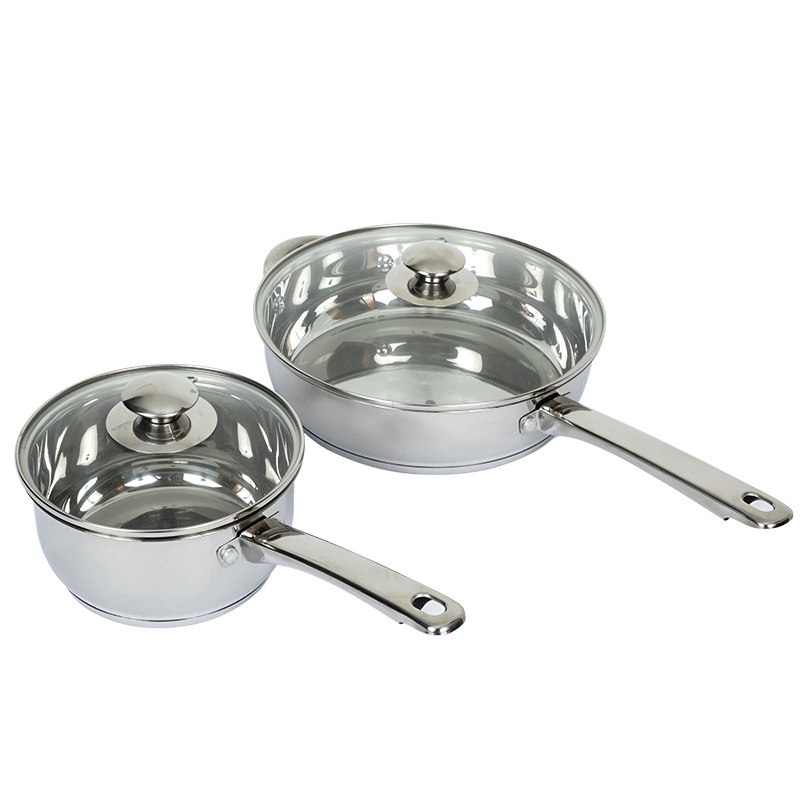Sauce pans are the unsung heroes of the kitchen, capable of transforming ordinary ingredients into extraordinary dishes. Learning the art of sauce pan techniques can elevate your home cooking to a professional level, allowing you to create flavorful sauces, succulent meats, and delicate dishes that impress even the most discerning palate. In this article, we’ll delve into the essential sauce pan techniques that will take your culinary prowess to new heights.
Saute Mastery: Sautéing is more than tossing ingredients in a hot pan. Achieving the perfect sauté requires proper technique. Heat the sauce pan over medium-high heat, add oil, and let it shimmer before adding ingredients. Use gentle tossing motions to evenly cook ingredients while maintaining their texture and color.
Creating the Perfect Sear: Achieving a golden-brown sear on meats is a hallmark of skilled cooking. Begin by drying the meat to promote browning. Heat the sauce pan until it’s hot, then add a high smoke-point oil. Place the meat in the pan and resist the urge to move it until it releases easily, ensuring a flavorful crust.
Mastering Pan Deglazing: Deglazing is a powerful technique to create complex sauces. After searing meats or sautéing vegetables, deglaze the sauce pan by adding liquid—wine, broth, or even citrus juice—and scraping the flavorful bits from the bottom. This forms the base of a sauce that captures the essence of your ingredients.
Reducing with Precision: The sauce pan’s broad surface area makes it ideal for reducing liquids. Simmer the liquid over low heat, allowing it to evaporate gradually. The result is a concentrated sauce that intensifies flavors and lends depth to your dishes.
Sauce Emulsification: Emulsification is the magic behind creamy sauces like hollandaise and aioli. Heat the sauce pan gently and whisk together oil and an acidic liquid, adding the oil slowly to create a stable mixture. The sauce pan’s controlled environment ensures a smooth emulsion that elevates your dishes.
Poaching with Finesse: Poaching delicate ingredients like eggs or fish requires precision. Heat a flavorful liquid in the sauce pan until it’s just below a simmer. The liquid’s gentle motion cooks the ingredient gently, ensuring a tender result without overcooking.
Simmering to Perfection: Simmering is a key technique for creating stocks, soups, and sauces. Heat the sauce pan to a low simmer, maintaining a steady but gentle bubbling motion. This allows flavors to meld while preventing boiling that could disrupt the texture of your dish.
Balancing Flavors and Seasoning: The sauce pan is a playground for experimenting with flavors. Taste and adjust your sauces throughout the cooking process, adding salt, acid, or herbs to achieve the perfect balance. The sauce pan’s controlled heat makes it easier to control the seasoning.
In conclusion, sauce pan techniques are the building blocks of culinary expertise. By mastering these techniques, you can achieve professional-level results in your home kitchen. From perfect sears to luscious sauces, the sauce pan is your partner in creating dishes that reflect your culinary finesse.







